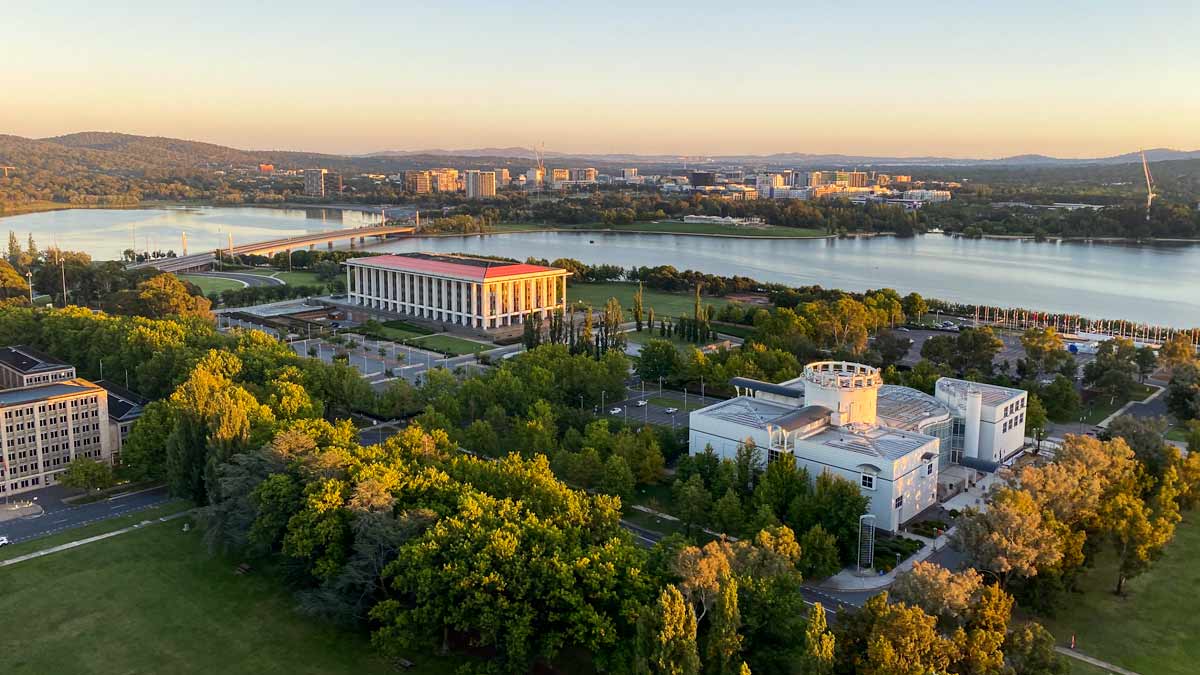Australia’s electricity sector is in a state of crisis, with the surging cost of fossil fuels driving wholesale electricity prices to unprecedented highs, leading to a growing number of electricity retailers try and offload their customers.
But energy users in one jurisdiction can expect to be a little more relaxed about their electricity costs – those living in the ACT – and it’s thanks to renewable energy.
As part of efforts to cut the ACT’s greenhouse gas emissions, the ACT government adopted an ambitious program to transition the national capital’s electricity supplies to 100 per cent renewables.
To secure new wind and solar electricity supplies, the ACT government entered into power purchase agreements with a range of new wind and solar farms, agreeing to buy the power and renewable energy certificates from the projects.
The last of these projects came online in late 2019, and the ACT has effectively been 100 per cent renewably powered since that milestone – at buying as much from wind and solar plants over a year as is used by its homes and businesses.
And the approach used by the ACT to fulfil this target will effectively shield ACT households and businesses from the surge in wholesale electricity prices – which have more than tripled in New South Wales in the last three months.
The power purchase agreements signed by the ACT government on a contract-for-difference arrangement – meaning the projects receive a fixed level of income per megawatt-hour they produce – an average of around $90 per megawatt-hour.
If the wholesale market price drops below the price fixed by the contract, then ACT consumers effectively pay to make up the difference.
Read a more detailed breakdown of how ACT’s renewables target works: Deep dive into the ACT’s 100% renewable energy target
According to data published by the ACT government, consumers made a total of $96.8 million in top-up payments in 2021 for a total of 1.9 million megawatt-hours of electricity. This was an average top-up of around $50 per MWh, quite a generous premium for the renewable power.
This arrangement provides income certainty for the wind and solar projects, as it provides a fixed, predictable, source of income that significantly de-risked the projects and their financiers.
But the benefits go both ways, with ACT consumers effectively capping the amount they will pay for wholesale electricity.
Crucially, if the wholesale market price exceeds the contract price, as they will this year, then the wind and solar projects are required to refund the excess back to ACT consumers.
Canberra electricity users pay no more (and no less) than the average $90 per megawatt-hour price for their wholesale electricity.
During a period when market wholesale electricity prices have exceeded $320 per megawatt-hour – as they did in May – this delivers enormous economic benefits to Canberra’s electricity users.
This could deliver refunds running into the tens of millions of dollars each month, should wholesale electricity prices stay at current levels – and will work to limit the extent of any possible electricity price increases.
The ACT has previously enjoyed the benefit of refunds on their wholesale electricity costs, with wind and solar projects paying a total of $4.3 million in refunds in the last three months of 2019.
Last week, the Australian Energy Regulator announced that it would increase the benchmark electricity price across New South Wales, Queensland and South Australia by between 7.2 and 14.1 per cent.
The regulator cited surging coal and gas costs, which have in turn been driven higher by disruption in global markets, as the main cause for the increase in wholesale prices, along with several coal power station outages.
The high prices have put significant pressure on electricity prices, with several smaller retailers struggling to maintain supplies for customers at affordable levels.
Several retailers, including ReAmped Energy, Amber Electric and Diamond Energy, have turned away potential customers, saying they would be better off choosing one of the larger electricity retailers better hedged against the high wholesale prices.










